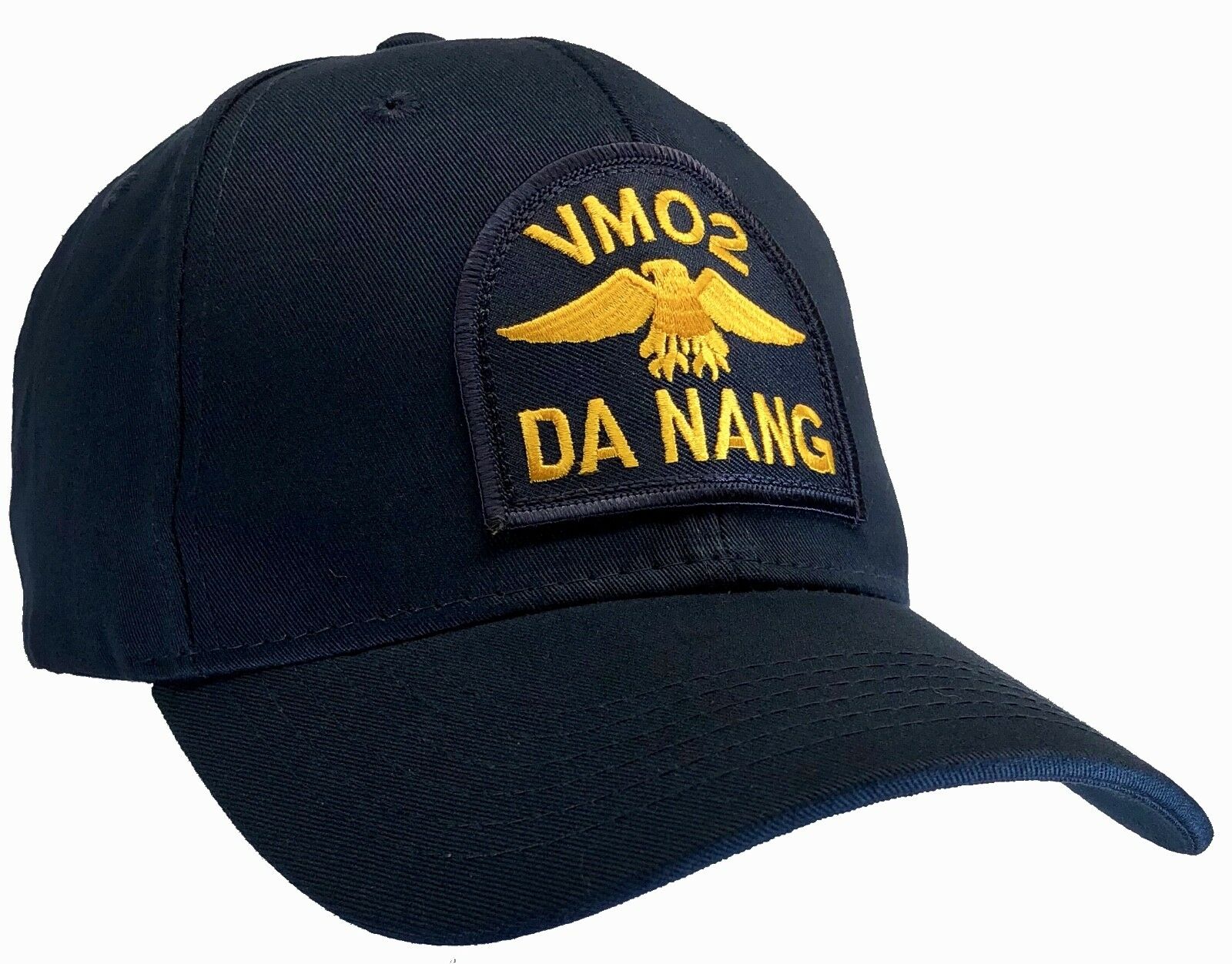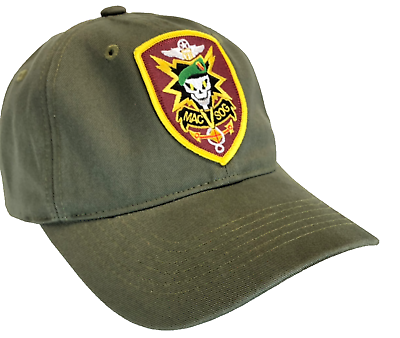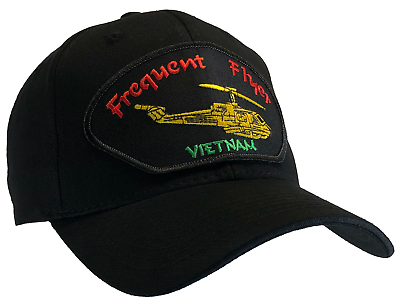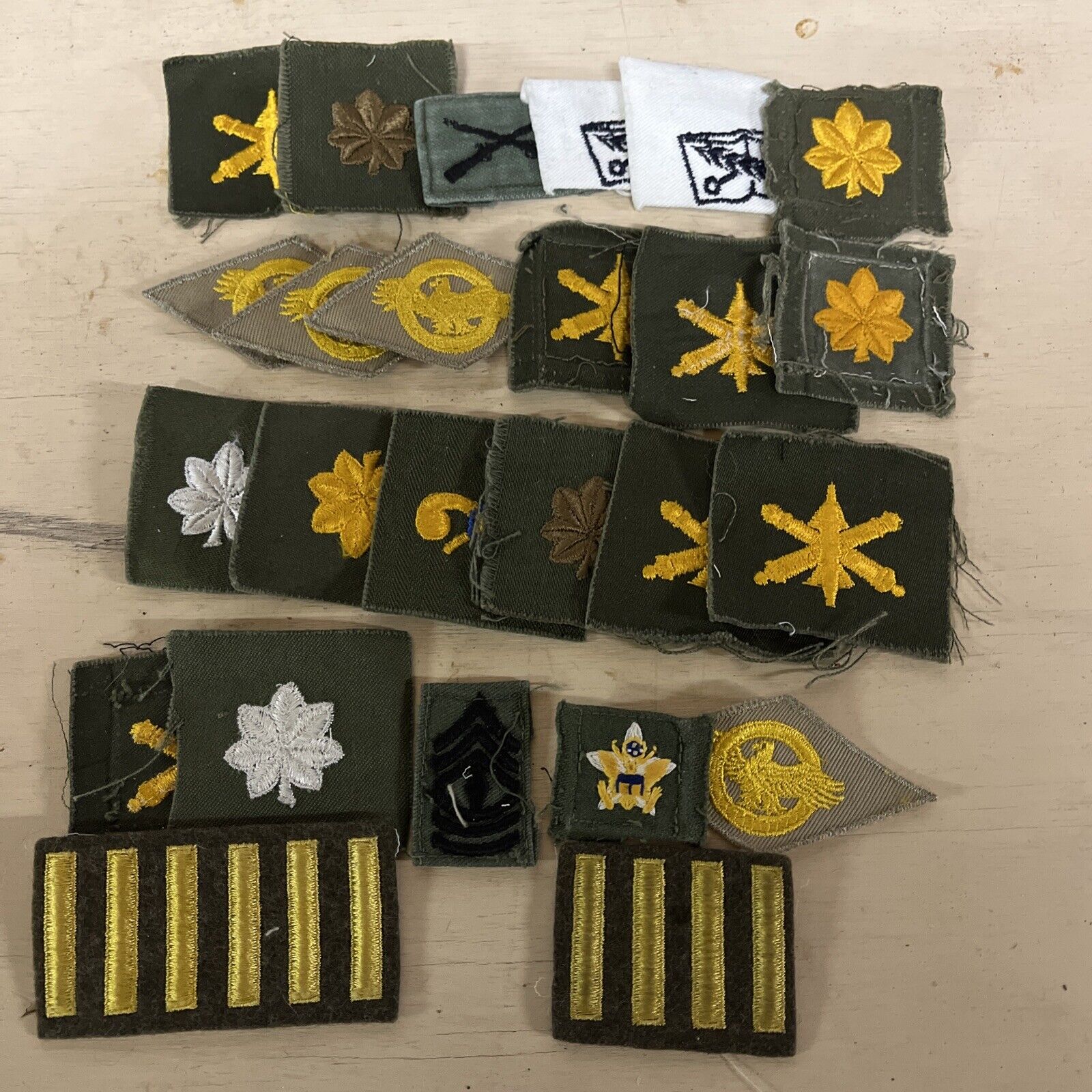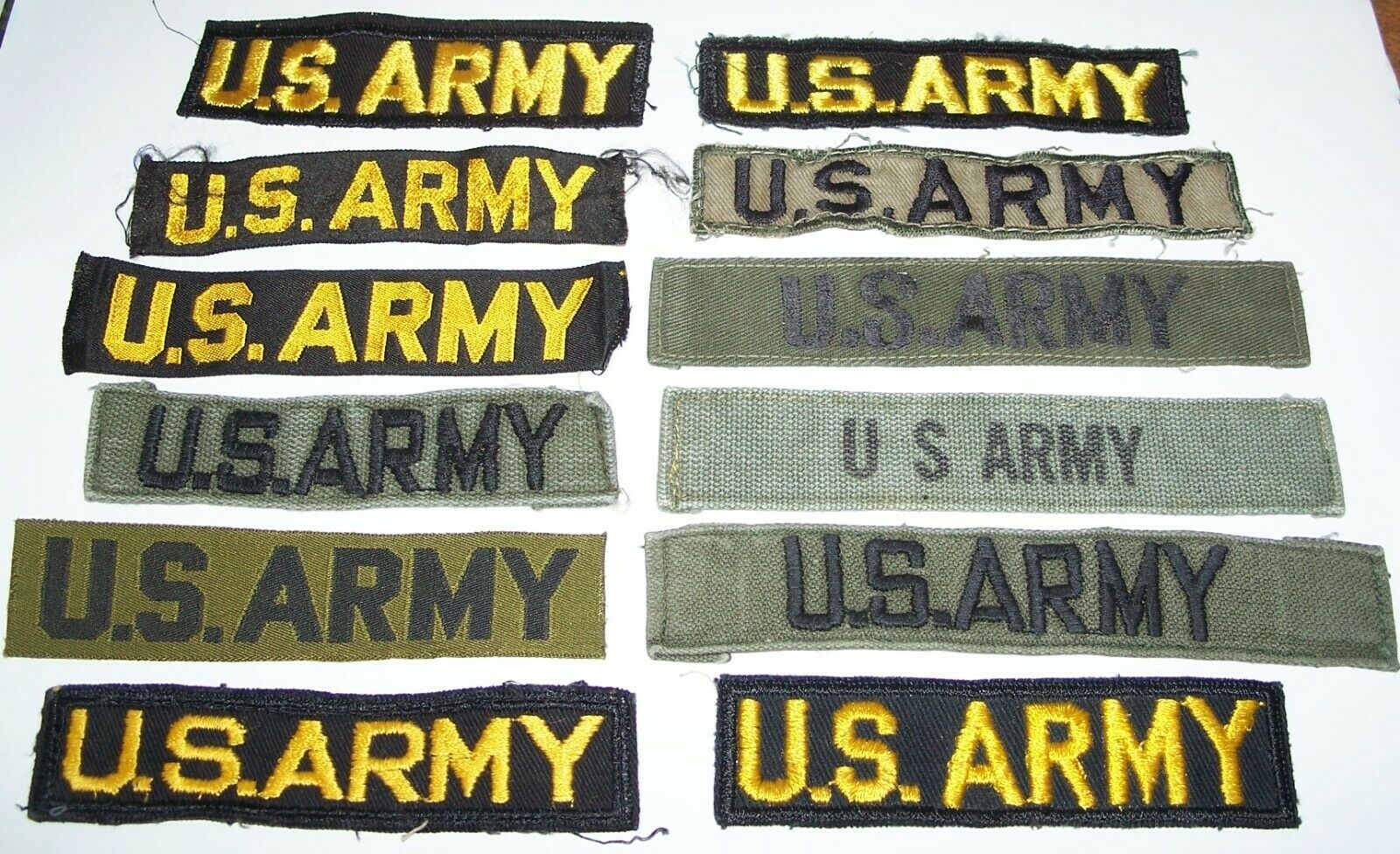-40%
PLEIKU - IA DRANG 1965 - Patch - US - 1st CAVALRY DIVISION - Vietnam War - 2751
$ 4.81
- Description
- Size Guide
Description
Battle of Ia Drang Valley - Helicopter Gunship - Assault / AttackFlight Patch - 1st Cavalry Division - Pleiku Combat Base
Attack Helicopter - Gunship - Assault Helicopter
Patch - Measures - 4.2 x 3.2 inches (10.5 x 8 cms)
Battle of Ia Drang – Ia Drang Valley
The Battle of Ia Drang was the first major battle between the United States Army and the North Vietnamese Army-NVA (People's Army of Vietnam-PAVN), part of the Pleiku Campaign conducted early in the Vietnam War.
It comprised two main engagements. The first involved the 1st Battalion, 7th Cavalry Regiment and supporting units, and took place between November 14
th
and November 16th, 1965 at LZ X-Ray, located at the eastern foot of the Chu Pong massif in the central highlands of Vietnam.
The second engagement involved the 2nd Battalion, 7th Cavalry Regiment plus supporting units, and took place on November 17 at LZ Albany, farther north in the Ia Drang Valley.
It is notable for being the first large scale helicopter air assault and also the first use of B-52 strategic bombers in a tactical support role.
The size of the clearing at LZ X-Ray meant that troops had to be shuttled in, the first lift landing at 10:48. The last troops of the battalion were landed at 15:20, by which time the troops on the ground were already heavily engaged, with one platoon cut off.
Faced with heavy casualties and unexpected opposition, 1st Battalion was reinforced by B Company 2nd Battalion 7th Cavalry. Fighting continued the following day when the LZ was further reinforced by A Company 2/7 and also by 2nd Battalion 5th Cavalry, and the lost platoon was rescued.
The last Vietnamese assaults on the position were repulsed on the morning of 16th. As the Vietnamese forces melted away, the remainder of 2/7 and A Company of 1st Battalion 5th Cavalry arrived. By mid-afternoon 1/7 and B Company 2/7 had been airlifted to LZ Falcon, and on the 17th November 2/5 marched out towards LZ Columbus while the remaining 2/7 and 1/5 companies marched towards LZ Albany.
The latter force became strung out and, in the early afternoon, were badly mauled in an ambush before they could be reinforced and extricated.
The battle at LZ X-Ray was documented in the CBS special report Battle of Ia Drang Valley by Morley Safer and the critically acclaimed book We Were Soldiers Once... And Young by Harold G. Moore and Joseph L. Galloway.
Between the Battles at LZ X-Ray, LZ Albany and LZ Columbus, US Forces lost 237 Men Killed in Action.
1
st
Air Cavalry Division
The 1st Cavalry Division by the start of the Vietnam War was no longer a conventional infantry unit The division had become an air assault division as the 1st Cavalry Division (Airmobile), commonly referred to as the 1st Air Cavalry Division.
The use of helicopters on such large scale as troop carriers, cargo lift ships, medevacs, and as aerial rocket artillery, was never before implemented, but by doing so it freed the infantry from the tyranny of terrain to attack the enemy at the time and place of its choosing.
In 1965, colors and subordinate unit designations of the 1st Cavalry Division were transferred from Korea to Fort Benning, Georgia, where they were used to reflag the existing 11th Air Assault Division (Test) into 1st Cavalry Division (Airmobile).
The division's first major operation was to help relieve the Siege of Plei Me near Pleiku and the pursuit of the withdrawing North Vietnamese Army which culminated in the Battle of Ia Drang, described in the book We Were Soldiers Once...And Young, was also the basis of the film We Were Soldiers. Because of that battle the division earned the Presidential Unit Citation (US), the first unit to receive such in the war. In 1966, the division attempted to root the communist Viet Cong and the North Vietnamese army (PAVN) out of Binh Dinh province with Operation Masher, Operation Crazy Horse and Operation Thayer. 1967 was then spent conducting Operation Pershing, a large scale search and destroy operation of communist base areas in II Corps in which 5,400 communist soldiers were killed and 2,000 captured. In Operation Jeb Stuart, January 1968, the division moved north to Camp Evans, north of Hue and on to Landing Zone Sharon and Landing Zone Betty, south of Quang Tri City, all in the I Corps Tactical Zone.
On the 31
st
of January 1968, the largest battle of the Vietnam War, the Tet Offensive, was launched by 84,000 communist soldiers across South Vietnam.
In the 1st Cavalry Division's area of operation, the North Vietnamese Army (NVA) and Vietcong forces seized most of the city of Huế.
As the 3rd Brigade, 1st Cavalry Division, fought to cut off communist reinforcements pouring into Huế, at Quang Tri City, five battalions, most from the 324th NVA Division, attacked the city and LZ Betty (Headquarters 1st Brigade).
After intense fighting, 900 NVA and Vietcong soldiers were killed in and around Quang Tri City and LZ Betty.
In March 1968 the 1st Cavalry Division shifted forces to LZ Stud, the staging area for Operation Pegasus to break the siege of the Marine combat base at Khe Sanh. The second largest battle of the war.
All three brigades participated in this airmobile operation, along with a Marine armor thrust.
US Air Force B-52s alone dropped more than 75,000 tons of bombs on North Vietnamese soldiers from the 304th and 325th Divisions encroaching the combat base in trenches. As these two elite enemy divisions, with history at Dien Bien Phu and the Ia Drang Valley, depleted, the 1st Cavalry Division (Airmobile) leapfrogged west, clearing Route 9, until at 0:800 hours 8 April, the 2nd Battalion, 7th Cavalry, linked-up with Marines at the combat base, ending the 77-day siege.
On 19 April 1968, as the 2nd Brigade continued pushing west to the Laotian border, the 1st and 3rd Brigades (about 11,000 men and 300 helicopters) swung southwest and air assaulted the A Shau Valley, commencing Operation Delaware.
The North Vietnamese Army was a well-trained, equipped, and led force. They turned A-Shau into a formidable sanctuary.
A long-range penetration operation was launched by members of the 1st Cavalry Division (Airmobile)'s, long-range reconnaissance patrol, against the North Vietnamese Army when they seized "Signal Hill" the name attributed to the peak of Dong Re Lao Mountain, a densely forested 4,879 feet (1,487 m) mountain, midway in the valley, so the 1st and 3rd Brigades, slugging it out hidden deep behind the mountains, could communicate with Camp Evans near the coast or with approaching aircraft.
The Division continued support of almost all major US Operations in Vietnam (Laos and Cambodia) until, on the 29
th
of April 1971, the bulk of the division was withdrawn to Fort Hood, Texas.
(but its 3rd Brigade remained as one of the final two major US ground combat units in Vietnam, departing 29 June 1972 and its 1st Battalion, 7th Cavalry, Task Force Garry Owen, remained another two months)
In the Vietnam War, the First Cavalry Division suffered more casualties than any other army division.
For your kind Consideration.
Post on patches is .99 for first item and 20c postage for additional patches posted in same order. If you have any questions please contact me. I post daily. Many thanks.
Cheesecloth backed Vietnam War patch - Filler - made for collecting, swapping, made during conflict and through to mid-late 1980's in Vietnam - Pieces were made in Vietnam.
More recent, similar pieces are felt backed (I do not sell felt back) - if you have any questions about anagrams used, translations, unit location etc please ask – I am always happy to answer.
Command Control, North, South, Central, MACV, Special Forces, SOG, Special Op’s, Special Operations Group, 5 th Special Forces, Army Security Agency, Military Intelligence, Psy-Ops, US Army, De Oppresso Liber, Airborne, 1 st Special Forces, CIDG, Mike Force, Mobile Guerrilla Force, Mobile Strike Force, Operations Detachment, Provincial Recon Unit, Recon Teams, RT, USMC, United States Marine Corps, Vietnam War, WWII, WWI, French Indochine War, French Foreign Legion, Legion Etrange, Project Omega, Recondo School, Rapid Fire, Project Delta, Special Missions Advisory Force, Project Gamma, Project Sigma, Indigenous Troops, MACV-SOG, CCC, CCS, CCN, USARV, SMAG, TAG, Field Training Command, Recon Team Leader, US Navy, Air Force, AATTV, Long Tan, Nui Dat, AAFV, ATF, New Zealand V Force, Big Red One, 1st Infantry Division, 1st Cavalry Division, Tropic Lightning, 25th Infantry Division, Subdued, Patch, Patches, Uniform, Helmet, Flash, Beret, Arc, Tab, 101 st Airborne Division, 82nd Airborne, 173rd Airborne, Combat, Militaria, Medal, Badge, Map, 199th Infantry Brigade, Old Ironsides, 5th Infantry Division, MAAG, USARPAC, XXIV Corps, 23rd Infantry Division, Americal, 38th Infantry Division, Black Op’s, Clandestine, Non-Conventional Warfare, 11th Infantry Brigade, 11th Armored, 196th , 1st Aviation, 18th Engineers, Medic, Medical, Viet Cong, VC, Viet Minh, Dien Bien Phu, Saigon, Tiger Force Rangers, Ranger, Logistical Command, Khe Sanh, POW, RVN, ARVN, South Vietnam, North Vietnam, NVA, Hanoi, Siagon, Phan Rang, LLDB, Bright Light, Free World Forces, Company, Platoon, Patrol, Long Range, Special Forces, ARVN, Green Berets, Elite, Recon, Reconnaissance, CCN, CCC, CCS, MACV SOG, SOA, Paratrooper, Parachutist, Vietnam War, Special




